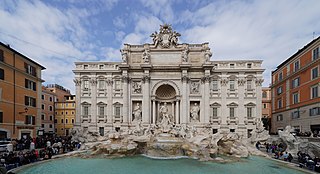
Rome is the capital city of Italy. It is also the capital of the Lazio region, the centre of the Metropolitan City of Rome Capital, and a special comune (municipality) named Comune di Roma Capitale. With 2,860,009 residents in 1,285 km2 (496.1 sq mi), Rome is the country's most populated comune and the third most populous city in the European Union by population within city limits. The Metropolitan City of Rome, with a population of 4,355,725 residents, is the most populous metropolitan city in Italy. Its metropolitan area is the third-most populous within Italy. Rome is located in the central-western portion of the Italian Peninsula, within Lazio (Latium), along the shores of the Tiber. Vatican City is an independent country inside the city boundaries of Rome, the only existing example of a country within a city. Rome is often referred to as the City of Seven Hills due to its geographic location, and also as the "Eternal City". Rome is generally considered to be the cradle of Western civilization and Western Christian culture, and the centre of the Catholic Church.
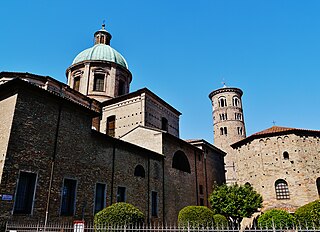
Ravenna is the capital city of the Province of Ravenna, in the Emilia-Romagna region of Northern Italy. It was the capital city of the Western Roman Empire during the 5th century until its collapse in 476, after which it served as the capital of the Ostrogothic Kingdom and then the Byzantine Exarchate of Ravenna.

Terni is a city in the southern portion of the region of Umbria, in Central Italy. It is near the border with Lazio. The city is the capital of the province of Terni, located in the plain of the River Nera. It is 104 kilometres northeast of Rome and 81 km south of the regional capital, Perugia.
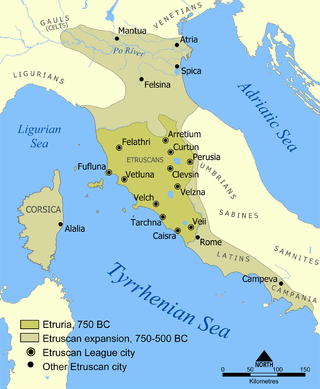
Etruria was a region of Central Italy delimited by the rivers Arno and Tiber, an area that covered what is now most of Tuscany, northern Lazio, and north-western Umbria.

The Capitolium or Capitoline Hill, between the Forum and the Campus Martius, is one of the Seven Hills of Rome.

SPQR, an abbreviation for Senatus Populusque Romanus, is an emblematic phrase referring to the government of the Roman Republic. It appears on documents made public by an inscription in stone or metal, in dedications of monuments and public works, and on some Roman currency.

Nettuno is a town and comune of the Metropolitan City of Rome in the Lazio region of central Italy, 60 kilometres south of Rome. A resort city and agricultural center on the Tyrrhenian Sea, it has a population of approximately 50,000.
Sui iuris, also spelled sui juris, is a Latin phrase that literally means "of one's own right". It is used in both the Catholic Church's canon law and secular law. The term church sui iuris is used in the Catholic Code of Canons of the Eastern Churches (CCEO) to denote the autonomous churches in Catholic communion. The Catholic Church consists of 24 churches, including the Latin Church and 23 Eastern Catholic churches.
L'Osservatore Romano is the daily newspaper of Vatican City State which reports on the activities of the Holy See and events taking place in the Catholic Church and the world. It is owned by the Holy See but is not an official publication, a role reserved for the Acta Apostolicae Sedis, which acts as a government gazette. The views expressed in the Osservatore are those of individual authors unless they appear under the specific titles "Nostre Informazioni" or "Santa Sede".

Antium was an ancient coastal town in Latium, south of Rome. An oppidum was founded by people of Latial culture, then it was the main stronghold of the Volsci people until it was conquered by the Romans.
A Latin cross or crux immissa is a type of cross in which the vertical beam sticks above the crossbeam, with the three upper arms either equally long or with the vertical topmost arm shorter than the two horizontal arms, and always with a much longer bottom arm.
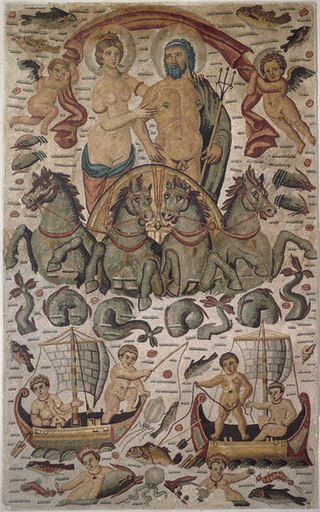
Cirta, also known by various other names in antiquity, was the ancient Berber and Roman settlement which later became Constantine, Algeria.

Italia, also referred to as Roman Italy, was the homeland of the ancient Romans. According to Roman mythology, Italy was the ancestral home promised by Jupiter to Aeneas of Troy and his descendants, Romulus and Remus, who were the founders of Rome. Aside from the legendary accounts, Rome was an Italic city-state that changed its form of government from Kingdom to Republic and then grew within the context of a peninsula dominated by the Gauls, Ligures, Veneti, Camunni and Histri in the North, the Etruscans, Latins, Falisci, Picentes and Umbri tribes in the Centre, and the Iapygian tribes, the Oscan tribes and Greek colonies in the South.
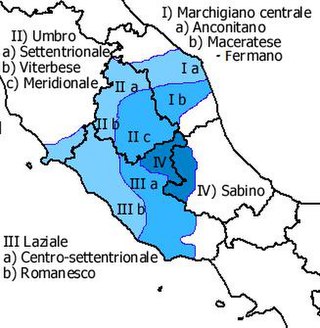
Romanesco is one of the central Italian dialects spoken in the Metropolitan City of Rome Capital, especially in the core city. It is linguistically close to Tuscan and Standard Italian, with some notable differences from these two. Rich in vivid expressions and sayings, Romanesco is used in a typical diglossic setting, mainly for informal/colloquial communication, with code-switching and translanguaging with the standard language.

Cappadocia is a comune and town with approximately 550 inhabitants in the province of L'Aquila in the Abruzzo region of central Italy. It is part of Marsica. It's also part of the "Borghi autentici d'Italia" club.

Latium is the region of central western Italy in which the city of Rome was founded and grew to be the capital city of the Roman Empire.
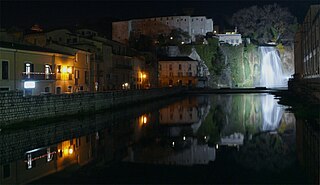
Valle Latina is an Italian geographical and historical region that extends from the south of Rome to Cassino, corresponding to the eastern area of ancient Roman Latium.
The culture of Rome in Italy refers to the arts, high culture, language, religion, politics, libraries, cuisine, architecture and fashion in Rome, Italy. Rome was supposedly founded in 753 BC and ever since has been the capital of the Roman Empire, one of the main centres of Christianity, the home of the Roman Catholic Church and the seat of the Italian Republic. Due to its historical and social importance, Rome has been nicknamed the Caput Mundi, or "capital of the world".

Sacro Cuore di Cristo Re is a Roman Catholic church in Rome, designed between the 1920s and 1930s by Marcello Piacentini.
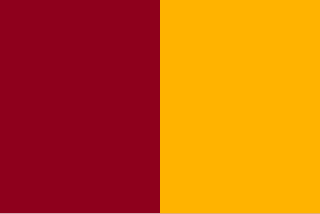
The following outline is provided as an overview of and topical guide to Rome:



















